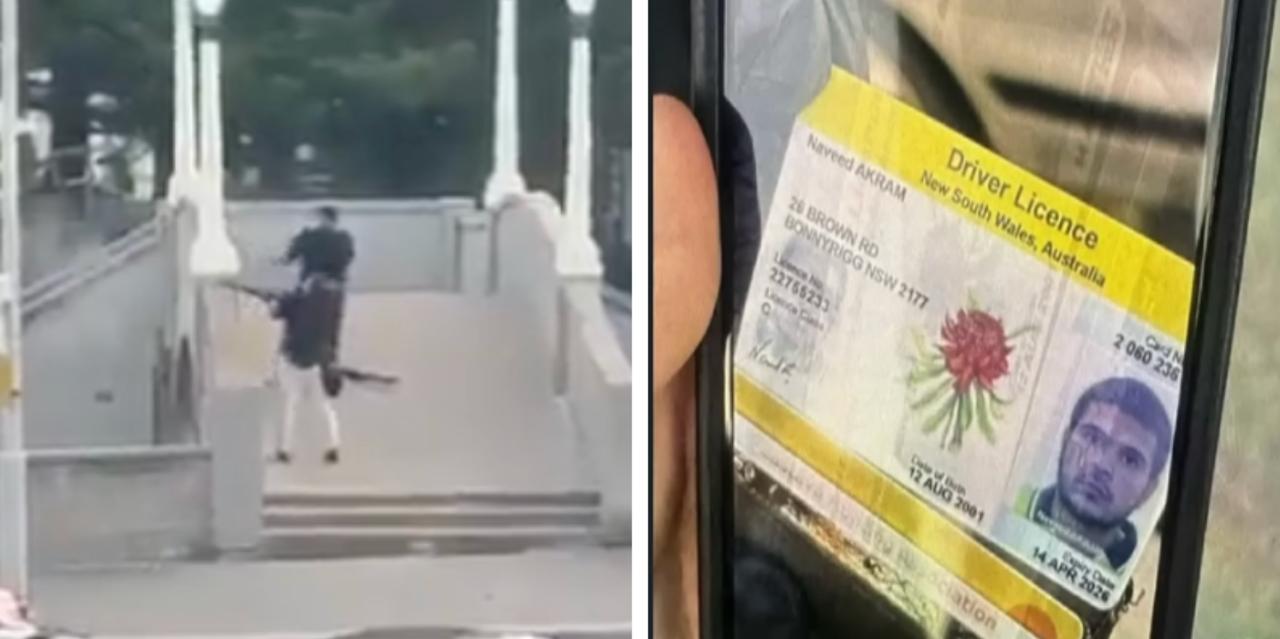Charlie Munger once famously said, "Show me the incentive and I'll show you the outcome." In today's news world, we need look no further than the recent banking collapses to see yet another example of Munger's wisdom in action.
For decades now, a handful of "Too Big To Fail" (TBTF) banks have been given carte blanche to take on irresponsible levels of risk, knowing that if everything blows up (like things famously did during the 2008-2009 Great Financial Crisis), the US government would just bail them out. With such a strong incentive guarding them against failure - basically an unlimited "get out of bankruptcy free" card – it's no wonder that TBTF banking profits have reached record levels in an era of easy interest rates and nonstop money printer action driving inflation at the Federal Reserve. When there's no downside, the only play is to take the most aggressive shots at the upside.
However, on the other side of the equation is a growing army of regional banks that are most definitely not "Too Big To Fail," as we have seen most recently with the shutdown and fire sales of Signature Bank, Silicon Valley Bank, and First Republic Bank (among others). For some mysterious reason, the US government has repeatedly chosen not to bail out these huge banks, but rather let them be sold off into an increasingly centralized and consolidated banking industry, compounding not only the risks of banking contagion brought about by decades of loose monetary policy, but the inevitable certainty of the US government as the final backstop against a system-wide banking collapse.
The math is infuriatingly easy and pretty damning on this: FDIC insurance covers US depositors up to $250,000 at each bank. Just a few months ago, before the current wave of banking failures started, the FDIC had about $130 billion in reserve. Just a few months (and a few failed banks) later, that insurance fund is hovering around $90 billion. The punchline? There are over $17 trillion in US insured personal & commercial deposits and the US government can barely cover 0.5% of that via the FDIC.
twitter.com/CaitlinLong_/status/1640528450967552001?s=20
So what happens when the regional bank contagion eventually spreads to a TBTF bank and we experience an inevitable black swan event that crashes the banking system? This time, there will be real blood in the streets, as the carnage won't confine itself to wrecked stock portfolios and 401Ks like it did in 2008. It will directly impact everyday depositors, mom and pop checking and savings accounts. And from there, we can make a few unfortunate predictions as to what happens next.
First, the newly created "Bank Term Funding Program" provides a maximum backstop of $2 trillion newly available dollars for banks in crisis to borrow directly from the Federal Reserve. Of course, this is still just over 10% of the total insured deposits sitting in US banks. When that fund is used up, the real "fun" begins.
Next up come bail-ins (rather than bail-outs), in which banks are legally able to simply prevent US depositors from withdrawing their funds, and instead absorb customer assets in order to cover their insolvency. The nightmare of this scenario was most recently seen in Cyprus and Greece, where the general public was essentially forced to take a giant haircut on their savings in order to recapitalize the same banking system that had failed them. Since that, most developed nations in the world (such as the EU and US) have implemented similar bail-in laws that have quietly surrendered your savings to the banking cabal.
Of course, bail-ins would create such a groundswell of public outrage that it would provide the perfect climate to drop the final piece of the puzzle into place. In standard "problem-reaction-solution" methodology, the US government would come to the rescue to "save" us all with the official launch of its long-rumored Central Bank Digital Currency (CBDC). Finally, all those years of warnings from economically savvy pundits and freedom-loving libertarians can suddenly all be brushed under the rug as we collectively face an unprecedented crisis that demands an emergency response.
To those still unaware, CBDC represents the ultimate in government surveillance and control. Unlike normal dollars that are fungible and can be spent freely, CBDCs are programmable and a perfect tool for complete financial surveillance. Imagine a dollar that can be deactivated after a certain period of time, or charged a negative interest rate regardless of where its stored. And never mind the implications for coercion, when those who exhibit wrongthink (like the recent Canadian truckers or Covid truthers), suddenly find their money siezed for extremist behavior. Shades of social credit systems pale in comparison to the power of a CBDC.
It would certainly take something as huge as an engineered banking crisis to provide the pretext for CBDCs, but when there are suddenly no other options presented, the public will accept a complete reset of their currency as long as they don't lose their hard-earned assets. The first dominoes have already been teed up, the rest is just a predictable series of propaganda narratives rolled out in tandem with continued banking collapses to justify it all. Until then? Bitcoin, gold, and land are likely the best bets to preserve your wealth against an onslaught of financial charlatanry.
Dave Stann is CTO of Sovren.Media & former Director of Product at Kraken cryptocurrency exchange.






